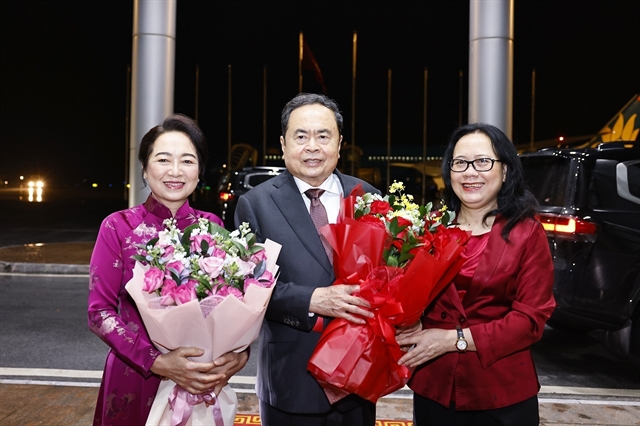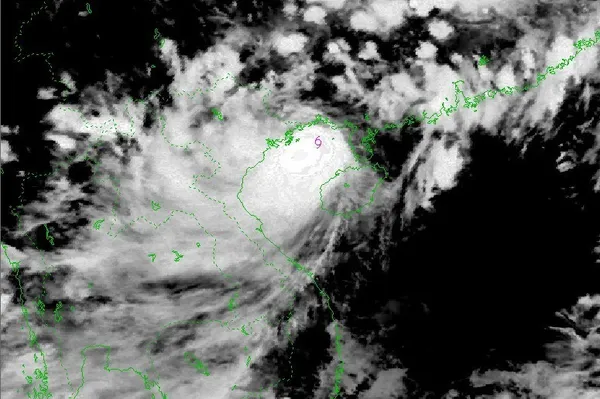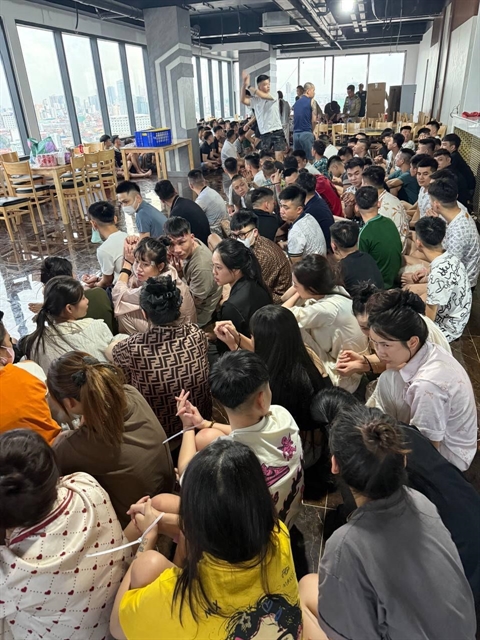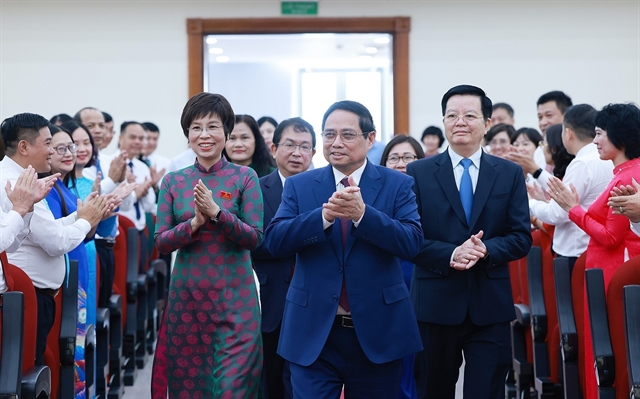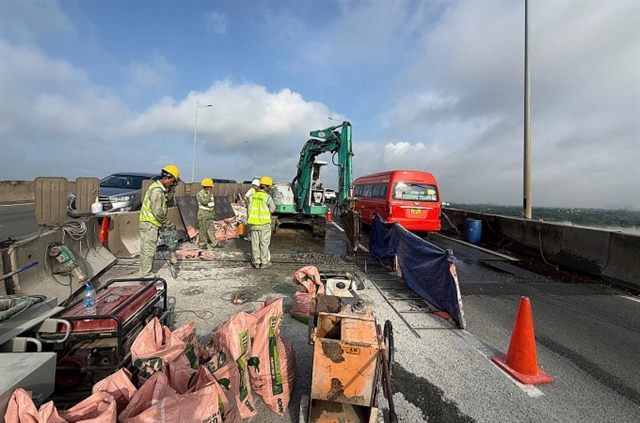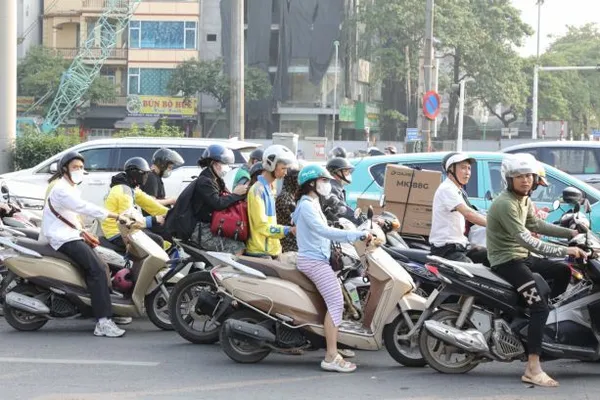 Expat Corner
Expat Corner

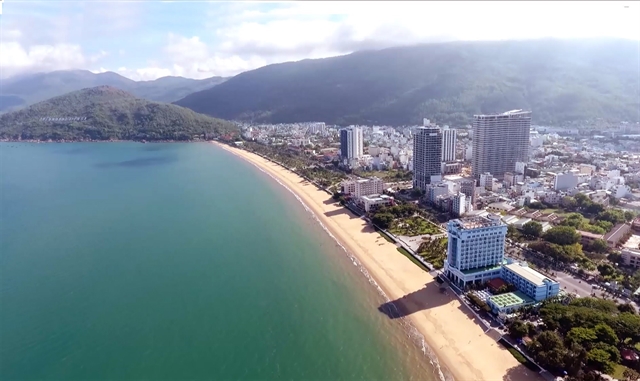 |
by Ray Riches*
I woke on 1 July 2025, turned on the Vietnamese news channel to practice my listening skills — and got completely confused. After over a decade of slowly learning everything about the geography of Việt Nam, it seemed that every location name had changed overnight. My first reaction, admittedly, was fury. I wanted to hurl the remote through the screen. But as the fog of frustration cleared, the logic behind these sweeping changes started to reveal itself.
When you become part of your local community in Việt Nam — your adopted home — you naturally learn its wards, districts and provinces. As a cyclist, I’ve enjoyed countless off-the-beaten-path adventures across the country. I was looking forward to many more in the coming year. But suddenly, the maps I’d memorised, the places I could sketch from memory, were speaking a new language.
Sure, some names are still familiar. Đà Nẵng is still Đà Nẵng. And though a ride to Bà Rịa doesn’t technically take me out of HCM City anymore, I do still physically travel to what used to be Bà Rịa–Vũng Tàu — a province that technically no longer exists in the same form.
What frustrates me most is that after 13 years of hard-earned knowledge, I suddenly feel lost again. But I also recognise that these changes — however disorienting — are not just cosmetic. They are purposeful. And they promise significant improvements for the future of Việt Nam.
Fewer provinces, greater efficiency
The first shocker? Việt Nam has consolidated from 63 provinces down to just 34. Let that sink in. That’s a near-halving of provincial-level jurisdictions. Yes, it plays havoc with my internal compass — but it’s also an undeniably smart move. The aim is to reduce administrative overhead, harmonise services and reallocate resources to areas that most need them.
Previously, foreigners in major hubs like Hà Nội, Đà Nẵng and HCM City had access to efficient services. But outlying provinces often struggled with bureaucratic red tape, inconsistent policy interpretation and language barriers. That made everyday tasks — registering businesses, renewing visas or just accessing medical care — an exhausting challenge.
With this reform, many essential services are now being standardised and digitised nationwide. That means online applications, clearer procedures and faster results — regardless of whether you’re in urban Cần Thơ or a commune on Phú Quốc Island.
 |
What happened to the districts?
Then came the knockout punch: districts are gone.
At first, I couldn’t fathom it. Since 2013, I’ve navigated daily life in Quận 1, Quận 2 or Thủ Đức with the intuition of a local. These weren’t just administrative labels — they were personal coordinates, woven into stories, friendships and memories.
But when I set aside my emotional attachment, I understood the rationale. Districts were conceived in a time when communication was slow and local coordination was essential. Today, technology is closing those gaps. The middle layer of district governance was creating duplication and delay. Removing it is a bold move — and one that many other nations may envy.
Việt Nam eliminated over 6,700 local units, consolidating 10,035 wards, communes and townships into just 3,321, including 13 special zones, mostly offshore islands. The new structure emphasises ward-level administration, pushing authority closer to the people and streamlining decision-making.
A short history of districts in HCM City
The districts of HCM City have a uniquely layered history. After reunification in 1975, urban planning demanded a systematic yet adaptable framework. Thus, numbered districts were created — Quận 1 through Quận 12 — for simplicity, speed and political neutrality. Outer districts like Tân Phú, Bình Tân or Gò Vấp retained older geographical or historical names.
Some districts, like Quận 5, became cultural epicenters, while others evolved into economic or residential hubs. In 2021, Thủ Đức City emerged as the first 'city within a city', a fusion of Quận 2, Quận 9 and Thủ Đức. Now, that legacy is being reshaped once again.
The price tag — or savings
The Vietnamese Government estimates that over US$7 billion will be saved in administrative expenses over the coming years. That’s not just from salaries — it includes streamlined systems, reduced redundancy and digitised processes that reduce the need for in-person visits or paper-heavy filings. It's the biggest reduction in public-sector employment in modern Vietnamese history, cutting over 250,000 roles.
And for expats like me? The hope is that what once required an entire day and three photocopies might soon take 10 minutes with a QR code.
I’ll admit, I’m still reeling. I’ve built a mental map of this country over thirteen years — and it’s been redrawn in a day. But I’m slowly leaning in, and I plan to use this month to reset, study and reorient myself.
Change is hard. But this change? It’s constructive, intentional and made with eyes on the future.
Việt Nam is stepping into a new era: modern, connected and efficient. There’s something exciting about being here to witness — and adapt to — the beginnings of that future.
*Ray Riches is a resident of HCM City in the south of Việt Nam. With over a decade of living in the community, he has developed a love for everything Vietnamese. He works as a teacher and freelancer and has a passion for adventure cycling. Outside of work he also spends time creating YouTube videos and taking photos to record a pictorial story of his home provinces.


